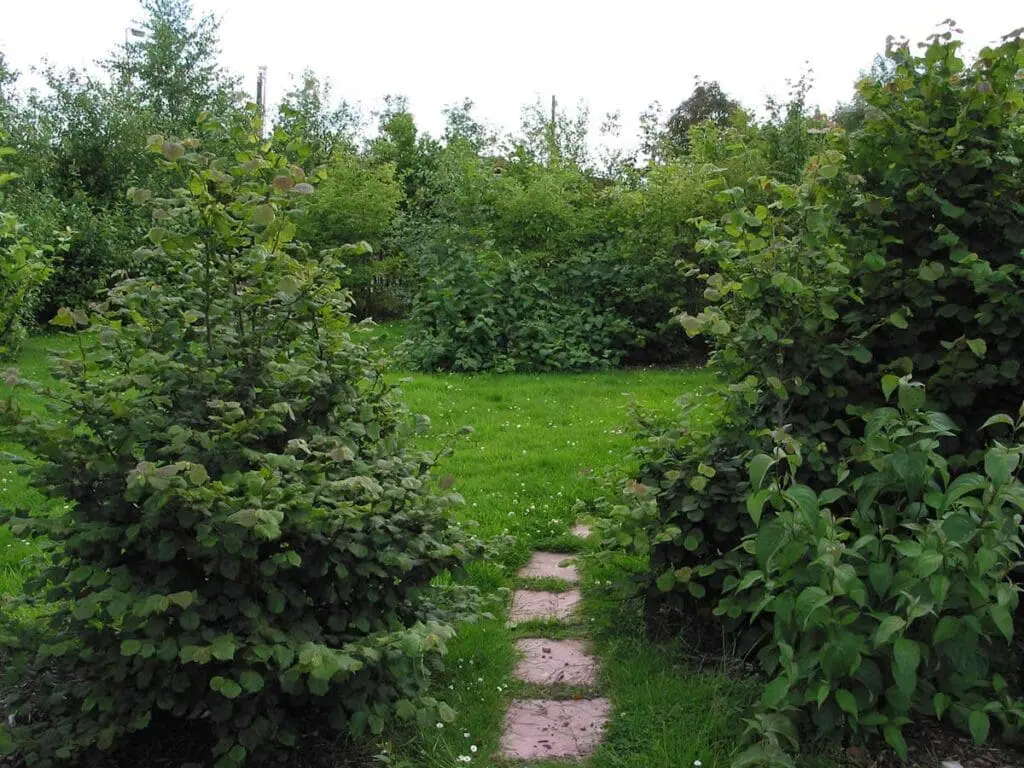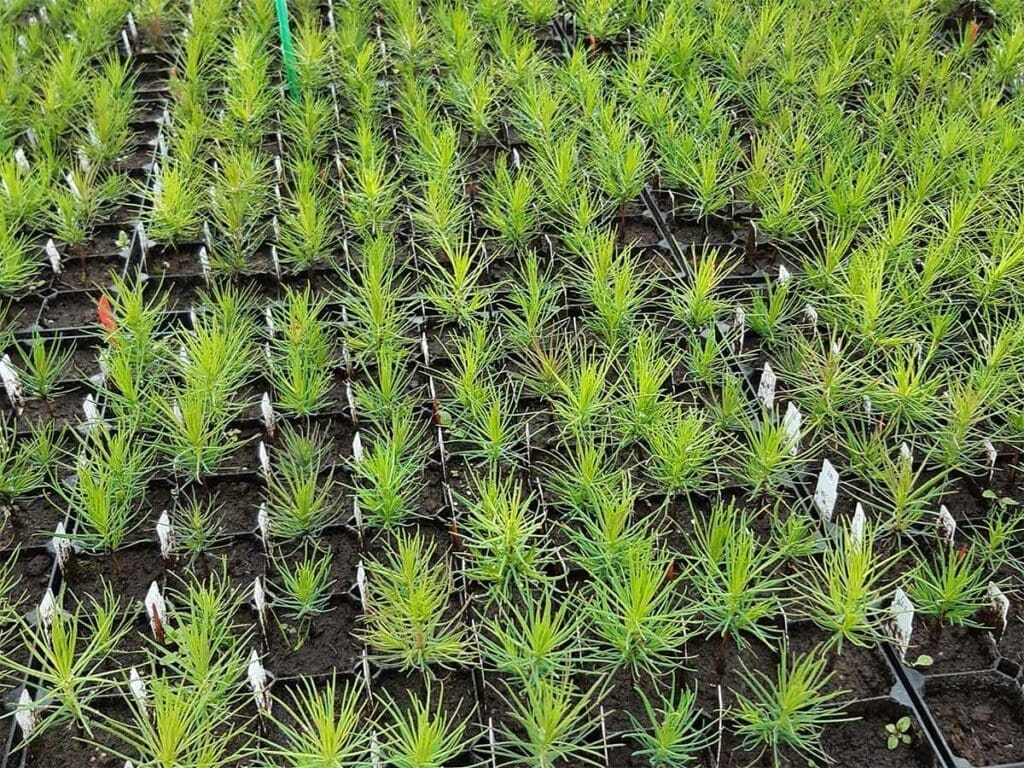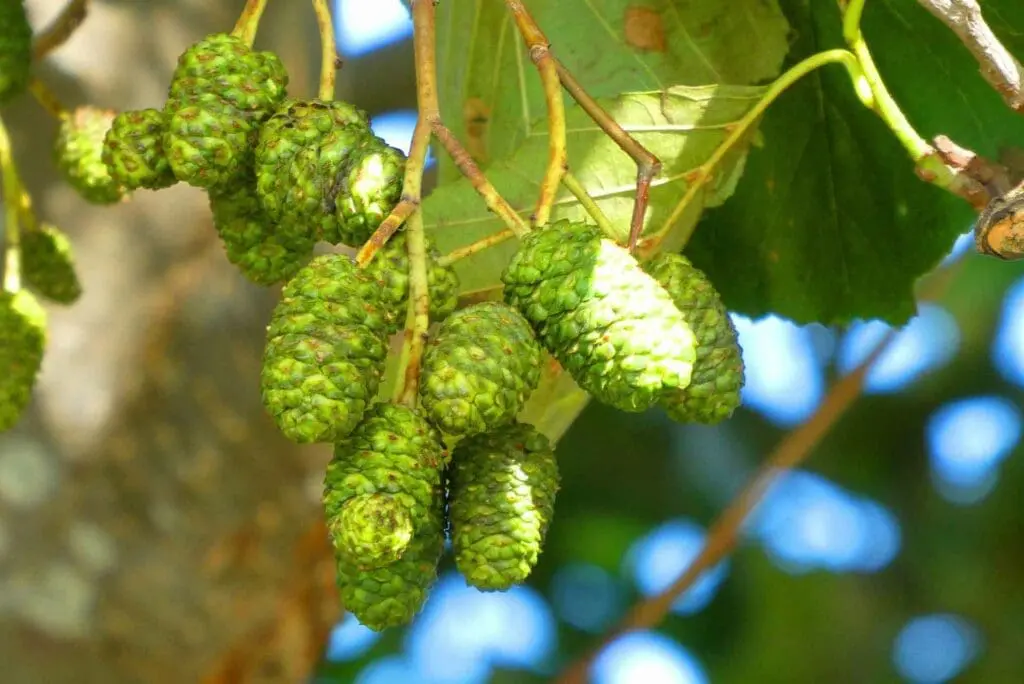Dormancy
A mature, live seed, which will not germinate promptly when placed under suitable conditions, is said to be dormant.
The mechanisms that prevent germination vary widely and it is not necessary to understand them to grow trees from seed successfully. What is important for us to understand is how we can get these dormant seeds to germinate.
Overcoming dormancy
Relatively simple and effective methods exist to overcome the dormancy of our tree and shrub seeds.
The most common requirements are exposure to periods of warmth and/or cold.
The simplest method of providing these conditions is to place the seeds outdoors, mixed with a moisture retentive and aerated medium (usually a sand/compost mixture).
Seed pretreatment
In order to be successfully treated seeds must be moist. Seeds that are placed into treatment immediately following extraction will require no further processing.
Seeds that have been stored for any length of time will require soaking in water for 24-48 hours. Soaking dried seeds performs two functions. Firstly, the seeds take up water and, secondly, some of the germination inhibitors in the seed coat are removed.
Seed pretreatment summary
| Species | Latin name | Warm (weeks) | Cold (weeks) |
|---|---|---|---|
| Common alder | Alnus glutinosa | 0 | 4 |
| Silver birch | Betula pendula | 0 | 4 |
| Downy birch | Betula pubescens | 0 | 4 |
| Hazel | Corylus avellana | 0 | 12-16 |
| Hawthorn | Crataegus monogyna | 4-8 | 12-16 |
| Broom | Cytisus scoparius | 0 | 0 |
| Spindle | Euonymus europaeus | 8-12 | 8-16 |
| Beech | Fagus sylvatica | 0 | 4-20 |
| Alder buckthorn | Frangula alnus | 0 | 8 |
| Ash | Fraxinus excelsior | 8-12 | 8-12 |
| Holly | Ilex aquifolium | 40 | 24 |
| Crab apple | Malus sylvestris | 0 | 14 |
| Wild cherry | Prunus avium | 2 | 18 |
| Bird cherry | Prunus padus | 2-4 | 18 |
| Blackthorn | Prunus spinosa | 2 | 18 |
| Sessile oak | Quercus petraea | 0 | 0 |
| Pedunculate oak | Quercus robur | 0 | 0 |
| Purging buckthorn | Rhamnus cathartica | 0 | 2-4 |
| Elder | Sambucus nigra | 10 | 12 |
| Whitebeam | Sorbus aria | 2 | 14-16 |
| Rowan | Sorbus aucuparia | 2 | 14-16 |
| Gorse | Ulex europaeus | 0 | 0 |
| Wych elm | Ulmus glabra | 0 | 0 |
| Guelder rose | Viburnum opulus | 8-12 | 8-12 |
‘Stratification’ method (warm and/or cold)
Seeds of most species should be mixed with a moisture retentive and aerated medium in a 50:50 ratio of seeds and mixture by volume. The ideal mixture is 50% coarse, sieved peat-alternative and 50% coarse sand.
The mixture should be moist but not waterlogged. Water is added to the dry ingredients, thoroughly mixed and tested by squeezing a handful. When only one drop of liquid can be squeezed out between the fingers then the mixture is ready. This ensures that the seeds remain moist throughout the treatment period, but the exchange of gases (oxygen and carbon dioxide) is not inhibited.
The seeds and/or mixture are placed in a suitable container. Ordinary plant pots (with a layer of sand above and below the seed/compost mixture) are fine.
Seeds of alder and birch can be stratified ‘naked’ (i.e. without the medium). The seeds are placed in cotton bags and soaked in cold water for 48 hours. After a superficial drying, they are placed in polythene bags, which are loosely tied and placed into the fridge for four to eight weeks.
Hot-water treatment
For broom and gorse seeds, a slightly different approach is needed. The procedure is not complicated, but a little unusual.
The seeds will have been collected and stored dry. Just before sowing, the seeds are placed in a heatproof container and two or three times their volume of boiling water is carefully poured over them.
They are left in the cooling water for another 24 hours. They are then ready for sowing.
Non-dormant seeds (requiring no treatment)
Both of our oak species fall into this category. The main problem with these seeds is not how to break their dormancy, but how to stop them from germinating before you want them to!
The best thing to do with these seeds is to sow them as soon as possible after collection (preferably immediately) and then to let nature take its course.




